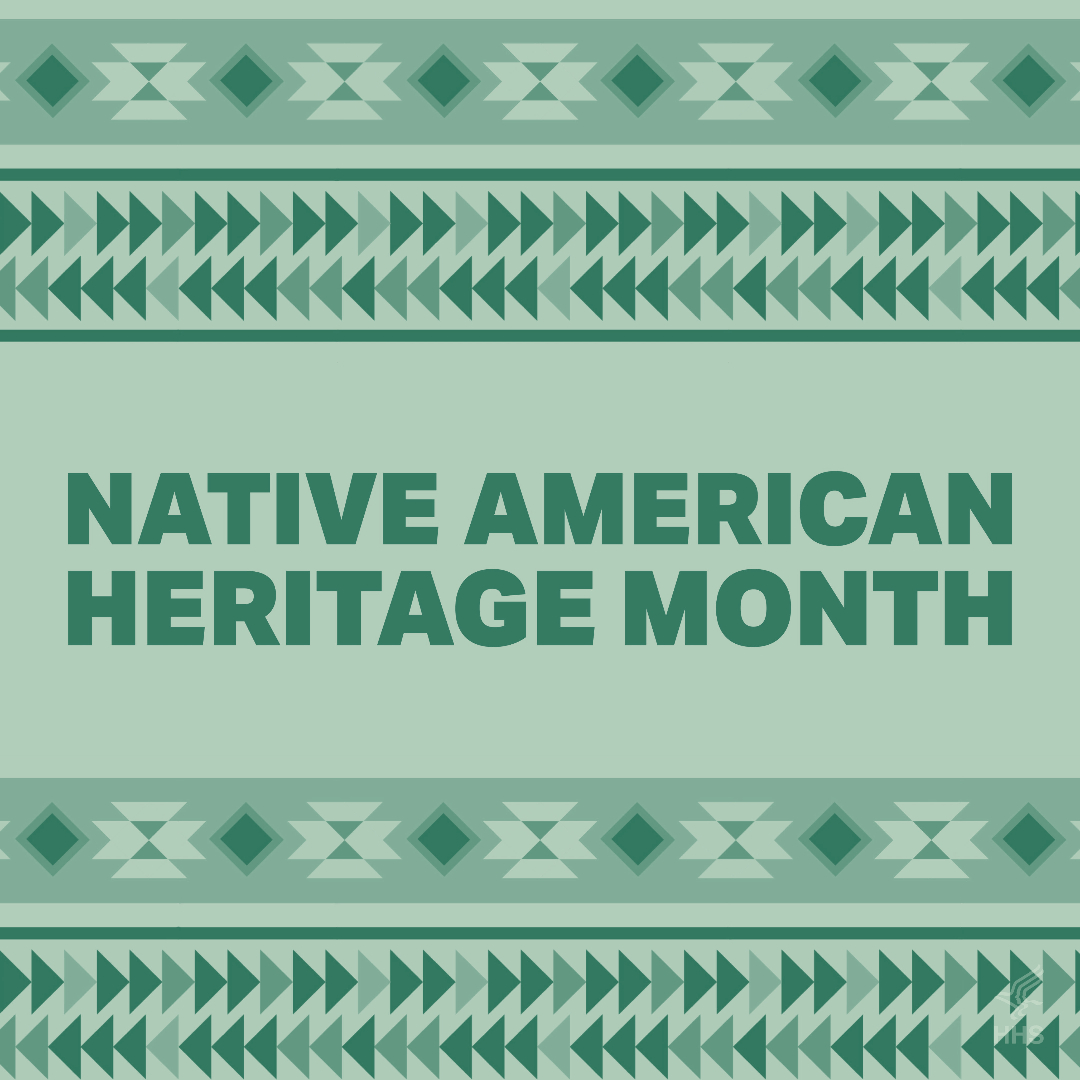 Native American Heritage Month is observed every November in the United States to celebrate the rich and diverse heritage of Native Americans who have called this land home for thousands of years.
Native American Heritage Month is observed every November in the United States to celebrate the rich and diverse heritage of Native Americans who have called this land home for thousands of years.
The Heersink Office for Diversity and Inclusion (ODI) honors the history, culture, and legacy of Tribal nations, and Indigenous communities in our state and across the country.
Native American Heritage Month serves as a reminder of the contributions and deep-rooted traditions of indigenous people, American Indians, and Alaska Natives (AI/AN). It is also a time to illuminate existing health disparities, culturally appropriate health care for Native American people, and resources to support health professionals in delivering the best possible care.
The impact of Native Americans on Alabama
Various Native American nations have inhabited Alabama for millennia. The contributions of Native Americans to Alabama have influenced the state's culture, landscape, and heritage in numerous ways.
Among these nations are:
• Muscogee Nation (Native language and spelling: Mvskoke)
• Cherokee - East (ᏣᎳᎫᏪᏘᏱ Tsalaguwetiyi),
• Chickasaw (Chikashsha I̠yaakni’)
• Yuchi (S’atsoyaha)
• Shawanwaki/Shawnee (Shawandasse Tula)
The Creeks, also known as the Muscogee (Creek) Nation, played a particularly significant role in the region's history. Muscogee descended from the Mississippian period (800-1500 AD). They thrived in a resourceful and self-sufficient culture that included complex societies, hunting, and vibrant oral traditions.
Additionally, Native American tribes were skilled agriculturalists who utilized practices such as cultivating corn, beans, and squash, referred to as the "three sisters" because they flourished when planted together. These crops became vital staples for the region and are part of the state's cuisine today.
Many of Alabama's towns, rivers, and landmarks bear Native American names, serving as a testament to the enduring legacy of the indigenous nations. The rich storytelling traditions of Native Americans have been passed down through generations, contributing to the state's history.
The Trail of Tears
One of the darkest chapters in Southeast's history was the forced removal of Native American nations from their ancestral lands in the 1830s. The Indian Removal Act of 1830 led to the infamous Trail of Tears, during which thousands of Native Americans were displaced, resulting in suffering and loss of life. Several nations, including the Creek, Cherokee, Choctaw, and Chickasaw peoples, were impacted by the tragedy, as they were removed from their homes and sent to the Indian Territory, now part of Oklahoma. Many of them are still active today.
It is essential to acknowledge this painful history while celebrating Native American Heritage Month. Alabama, like many other states, bears the scars of this dark period, and it is a reminder of the enduring resilience of Native American communities.
Health and health care for Native Americans
During Native American Heritage Month, it is important to discuss health and health care realities of AI/AN populations.
The U.S. Department of Health and Human Services—a great resource for health care professionals—ensures connections to culturally appropriate health care services and information, which results in greater health outcomes. They recognize the social determinants of health that prevent or impede AI/AN from receiving high-quality care such as cultural barriers, racial bias, geographic isolation, housing challenges and more.
To that end, “AI/AN people have the lowest life expectancy compared with other racial and ethnic groups. In 2022, 19% of people who identify as AI/AN alone reported being in fair or poor health–the highest rate compared with other racial and ethnic groups,” according to the Centers for Disease Control and Prevention (CDC). And, AI/AN experience an alarming rate of maternal mortality at around three to four times higher than white women.
Read more about health and health care for AI/AN populations through two pieces of recommended literature:
1. Cultural Competence in Caring for American Indians and Alaska Natives. StatPearls Publishing, ncbi.nlm.nih.gov, 2023.
2. Indian Health Disparities. Indian Health Service, ihs.gov, 2019.
How to honor Native American Heritage Month
Celebrating Native American Heritage Month in Alabama is an opportunity to show respect for the state's indigenous peoples and their cultural legacy.
Native American communities continue to thrive in Alabama. Federally recognized tribes, including the Poarch Band of Creek Indians, have an active presence in the state. These communities contribute to the cultural tapestry of Alabama through cultural events, education, and community outreach.
The Poarch Band of Creek Indians, who descended from the Muscogee (Creek) Nation, operates the Wind Creek Casino and Resort—contributing to economic development in the state and promoting cultural preservation. Additionally, they support educational initiatives to raise awareness about Native American heritage and history.
A few ways to honor Native American heritage
1. Learn about the land through Native Land Digital, which generates historical information by zip code, and understand the rich history of the land we work and live on.
2. Visit cultural and historic landmarks, such as those on the Historic Mound Trail.
3. Listen to a podcast produced by the Poarch Band of Creek Indians or read their stories.
4. Support Native American people by investing in projects and initiatives to fund off-reservation health-related activities that aim to make health care services more accessible to urban AI/AN populations, who make up approximately 70% of the AI/AN population.